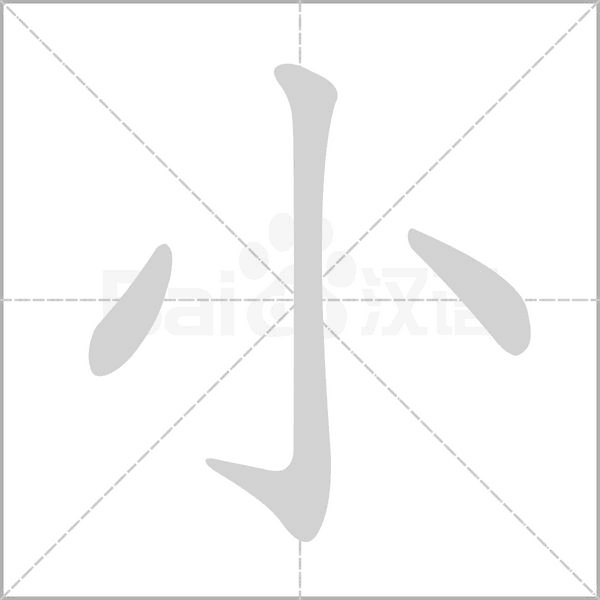Introduction:
The pen stroke order rules in Chinese refer to the specific sequence and method of writing the strokes of Chinese characters. Following these rules helps improve the standardization and aesthetics of handwriting, making the structure of characters clearer. Here’s a summary of the main rules of stroke order in Chinese, along with example characters:
Top Before Bottom:
Rule: Strokes are generally written from top to bottom.
Example: 川 (chuān, river) – The vertical stroke is written downward.

Left Before Right:
Rule: Characters are typically written from left to right.
Example: 三 (sān, three) – The strokes are written from the left side to the right.

Left Vertical Stroke Usually Before Top Horizontal Stroke:
Rule: In characters with both vertical and horizontal strokes, the left vertical stroke is generally written before the top horizontal stroke.
Example: 口 (kǒu, mouth) – The vertical stroke on the left is written before the horizontal stroke at the top.

Outer Before Inner:
Rule: When writing characters with both an outer structure and inner details, the outer strokes are written first.
Example: 日 (rì, sun) – The outer box is written before the inner components.

Bottom Horizontal Stroke Last:
Rule: In characters that include horizontal strokes, the bottom horizontal stroke is usually written last.
Example: 因 (yīn, because) – The bottom horizontal stroke is written after the two top strokes.

Horizontal Strokes Before Intersecting Vertical Stroke:
Rule: In characters containing both horizontal and vertical strokes, horizontal strokes are usually written first.
Example: 十 (shí, ten) – The horizontal stroke is written before the vertical stroke.

Center Stroke Before Wings:
Rule: For symmetrical characters, the center stroke is often written before the outer strokes (or “wings”).
Example: 小 (xiǎo, small) – The central vertical strokes are written first, followed by the outer strokes.

Left-Falling Strokes Before Right-Falling Strokes:
Rule: In characters that include both left-falling (撇) and right-falling (捺) strokes, the left-falling stroke is written first.
Example: 人 (rén) – The left-falling stroke (撇) is written before the right-falling stroke (捺).

Minor Strokes Often Last:
Rule: Minor strokes or embellishments are usually written last.
Example: 玉 (yù, jade) – The dot is written last after the main strokes.

Summary:
By adhering to these stroke order rules, learners can enhance their writing fluency and standardization while also improving the beauty and readability of Chinese characters. Regular practice and application of these rules will significantly elevate one’s writing skills in Chinese.